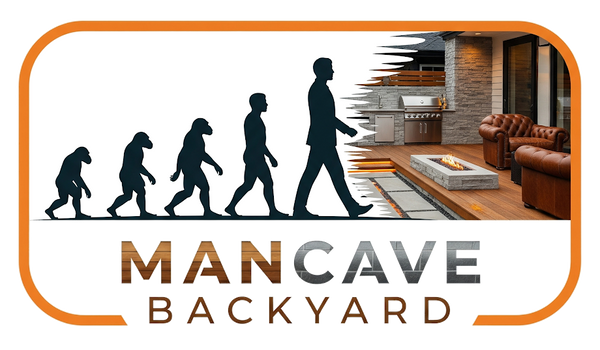
Can You Put a Solo Stove on a Deck? The Definitive Safety Guide
Enjoying a beautiful, smoke-free fire in your Solo Stoves is one of the best ways to upgrade your backyard experience. But when your favorite spot is on a wood or composite deck, one crucial question comes to mind: Is it safe?
The answer is a confident yes, but only if you follow the correct procedures. The intense heat from any fire pit can damage sensitive surfaces, but with the right gear and placement, you can protect your investment and enjoy complete peace of mind.
This definitive guide will walk you through exactly how to do it safely.
Step 1: The Foundation - Use the Official Stand
This is the single most important rule for deck use. The Solo Stove Stand is a steel ring specifically designed to lift your fire pit several inches off the ground. This elevation creates a critical air gap, allowing cool air to circulate underneath and preventing the intense radiant heat from scorching, melting, or otherwise damaging the deck boards below.
This accessory is non-negotiable for use on any heat-sensitive surface.
Shop the Official Solo Stove Stand Here
Step 2: Extra Protection - Add a Fire-Resistant Mat
For an extra layer of defense and ultimate security, place a fire-resistant mat underneath your stand. A quality mat serves two purposes: it provides an additional barrier against radiant heat and, just as importantly, catches any stray embers that might fall out when you're adding wood. This is a highly recommended addition, especially for high-end composite decks.
Step 3: Location - Check Your Clearances
Where you place your fire pit is crucial. Before you light it, run through this quick mental checklist:
-
Distance is Key: Maintain a minimum of 10-15 feet of clearance from your home's siding, deck railings, patio furniture, and any other combustible materials.
-
Look Up: Ensure the area is free from low-hanging tree branches, retractable awnings, umbrellas, or any overhead structures.
-
Check Local Rules: A quick check of your local fire codes or HOA guidelines can prevent any issues. It's always better to be certain.
Your Deck Safety Checklist (The Quick Summary)
Here are the key takeaways in a simple, scannable format.
-
[✔] ALWAYS use the official Solo Stove Stand on any wood or composite deck.
-
[✔] ALWAYS place a fire-resistant mat underneath the stand for maximum protection.
-
[✔] ALWAYS maintain 10-15 feet of clearance from your home and other objects.
-
[✔] ALWAYS check for overhead obstructions like branches or awnings.
-
[✔] NEVER pour water to extinguish the fire; let it burn out naturally to protect the steel.
-
[✔] ALWAYS allow the stove to cool completely before covering or moving it.
Enjoy Your Investment With Confidence
By following this guide, you can confidently and safely enjoy your Solo Stove on any deck.
At Mancave Backyard, we believe a premium investment should be enjoyed, not worried about. This guide is here to ensure every fire you light is a safe and memorable one. If you have more questions, our team of experts is always here to help.
